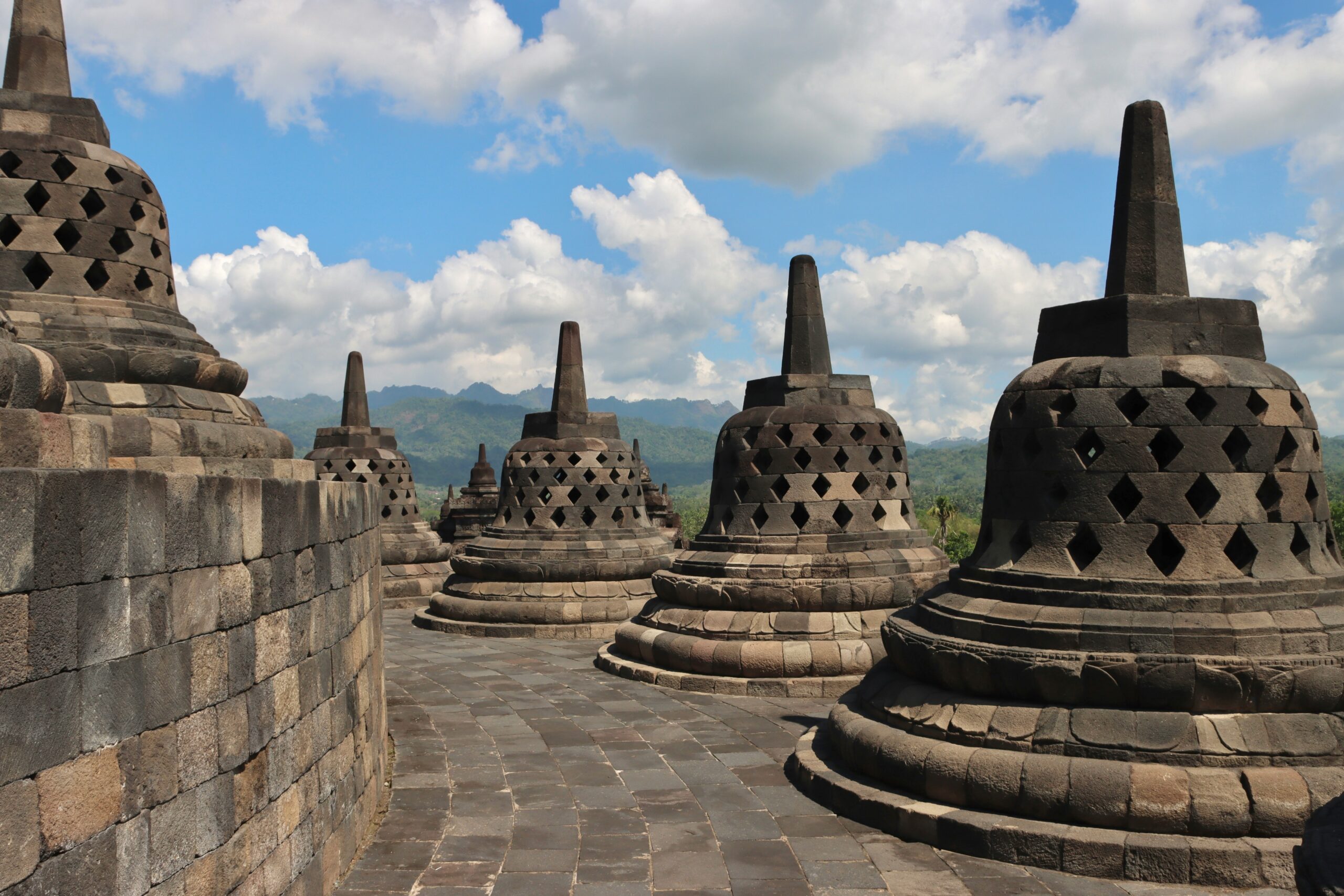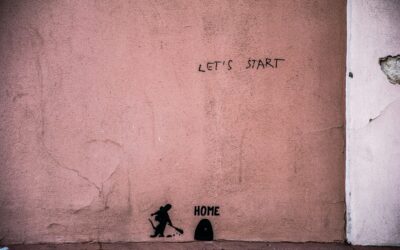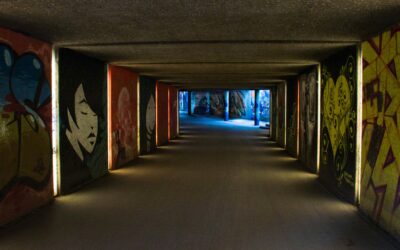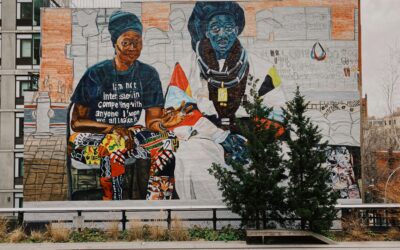Southeast Asia is a region blessed with an exceptionally rich artistic heritage, where major world religions—Hinduism, Buddhism, and local spiritual traditions—intertwine to form unique visual expressions. Among its various art forms, sculpture holds a prominent place as a medium for spirituality, politics, and cosmology.
From the stone carvings of Borobudur to the serene faces of Buddha in Angkor, Southeast Asian sculptures are not just works of craftsmanship—they are embodiments of values, mythology, and unseen realms. This article explores the deep symbolism behind some of the region’s most iconic sculptures and how they serve as bridges between humanity and the divine.
Religious Heritage and Cultural Fusion
The main influence on Southeast Asian sculpture came from India, especially through the spread of Hinduism and Buddhism. However, these cultures did not merely imitate Indian styles. Instead, they developed their own visual languages infused with local symbolism and indigenous mythology.
Angkor and the Divine World of the Khmer
The Angkor temple complex in Cambodia is an outstanding example of religious sculpture manifesting Hindu and Mahayana Buddhist cosmology. The giant faces on Bayon Temple, for instance, are believed to represent Avalokiteshvara (the Bodhisattva of Compassion), fused with the image of King Jayavarman VII. This reflects the concept of Devaraja—the king as a divine ruler.
The gentle smile and half-closed eyes of the Bayon faces represent inner peace and compassion.
Their orientation to the four cardinal directions symbolizes spiritual oversight of the entire world.
Carvings of deities seated or standing in mudras (symbolic hand gestures) reflect themes of power, protection, and enlightenment.
Borobudur and the Journey to Enlightenment
In Central Java, Borobudur Temple is a massive stupa adorned with over 2,600 relief panels and 500 Buddha statues. Its structure is a three-dimensional mandala that depicts the spiritual path toward enlightenment.
Buddha statues are arranged from the base to the summit, illustrating the transition from the world of desire (Kamadhatu) to the world of form (Rupadhatu) and the formless realm (Arupadhatu).
Each Buddha holds a different mudra—such as Dhyana Mudra (meditation), Bhumisparsha Mudra (calling the Earth to witness enlightenment), and Abhaya Mudra (fearlessness/protection).
The uppermost statues are enclosed in perforated stupas, symbolizing ego dissolution and the spiritual apex.
The symbolism is not only visual but also physical—visitors circumambulate the temple clockwise as a form of walking meditation, aligning body and spirit with cosmic order.
Buddha Statues in Thailand and Laos
Buddhist sculpture in Thailand and Laos features a distinct style, characterized by slender bodies, elongated fingers, and peaceful expressions. This is not only aesthetic but deeply symbolic:
The tight curls of hair represent wisdom and the Buddha’s transformation from prince to sage.
The cranial bump (ushnisha) signifies supreme enlightenment.
The reclining Buddha pose represents the Buddha’s final moment before entering Nirvana.
Simpler attributes like alms bowls, monastic robes, and walking staffs symbolize the Buddha’s renunciation of worldly life.
One extraordinary example is the Golden Buddha at Wat Traimit in Bangkok, originally hidden beneath plaster during wartime and rediscovered in the modern era. Its revelation is seen as a metaphor for rediscovered inner spirituality.
Local Symbolism and Animism
Beyond the great world religions, Southeast Asia is also shaped by animistic beliefs. In Vietnam, the Philippines, and eastern parts of Indonesia, sculpture has been used in:
Ancestor worship rituals
Village guardians, carved from stone or wood
Totems and protective figures at household entrances
These carvings often depict natural forces, guardian spirits, or local mythological beings such as the naga, garuda, or half-human hybrids. The symbolism is grounded in protection, fertility, and harmony with nature.
Social and Political Dimensions
Southeast Asian sculptures are not solely spiritual—they also function as symbols of power. Sculptures of kings dressed as gods (seen in Angkor or the Srivijaya empire) helped legitimize divine rule.
Even in the modern era, monumental statues—of national heroes, deities, or mythic creatures—continue to be tools for building collective identity and cultural pride.
Conclusion
Southeast Asian sculpture is a confluence of spirituality, politics, and local tradition. Through subtle gestures, meditative poses, and mysterious smiles, these works are not just religious icons—they are living expressions of belief systems, worldviews, and human aspirations.
Each carving in stone, wood, or bronze speaks a visual language that transcends time. Today, these sculptures continue to inspire artists, researchers, and spiritual seekers across the world.




